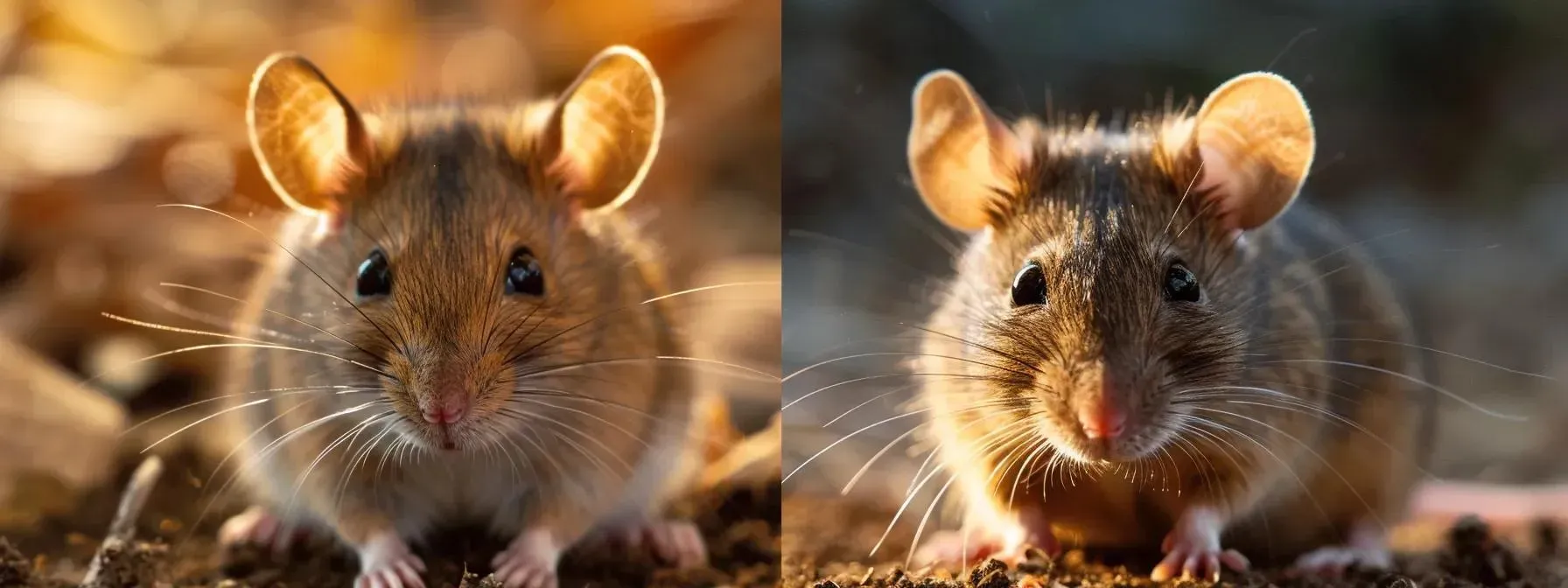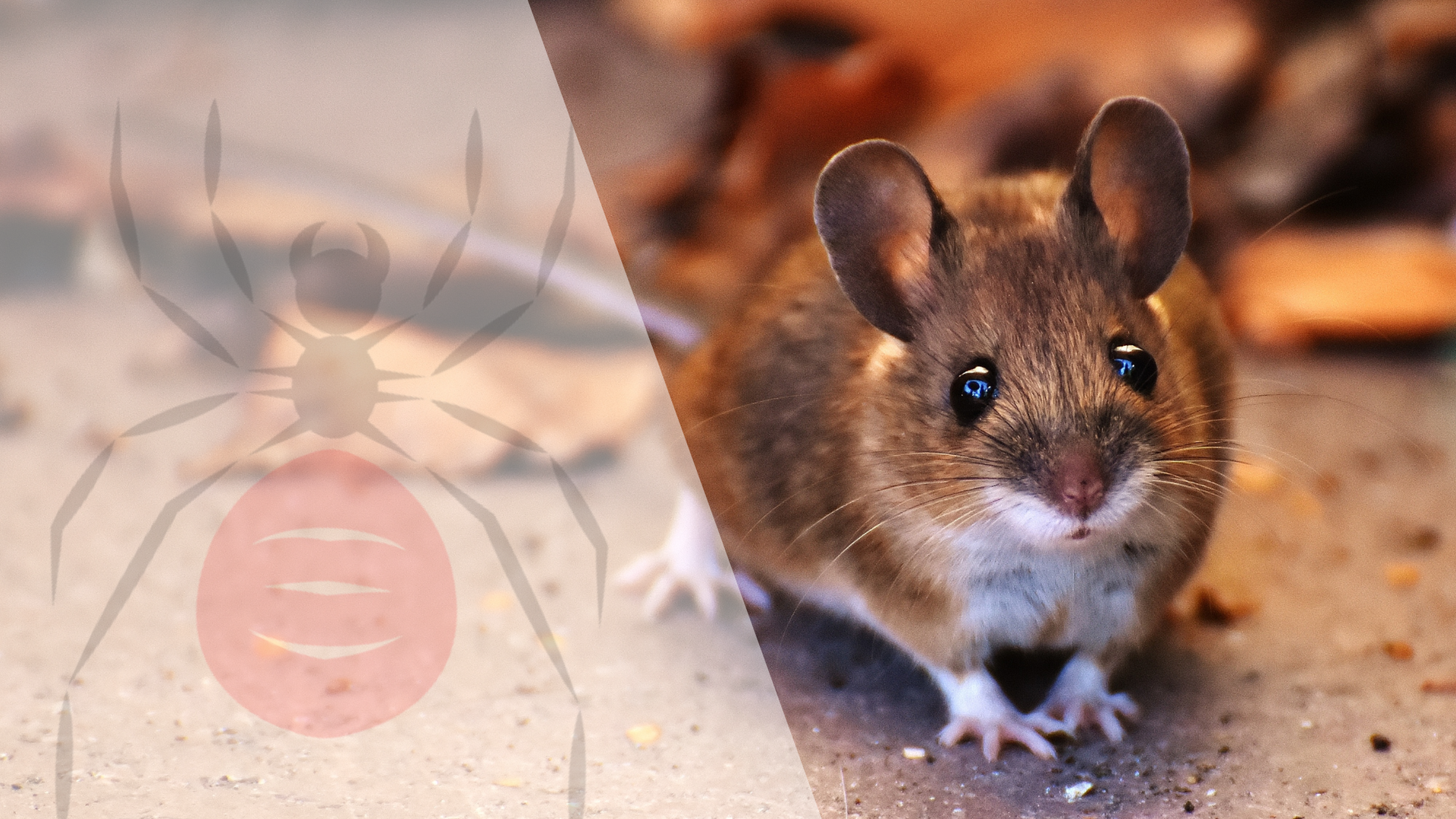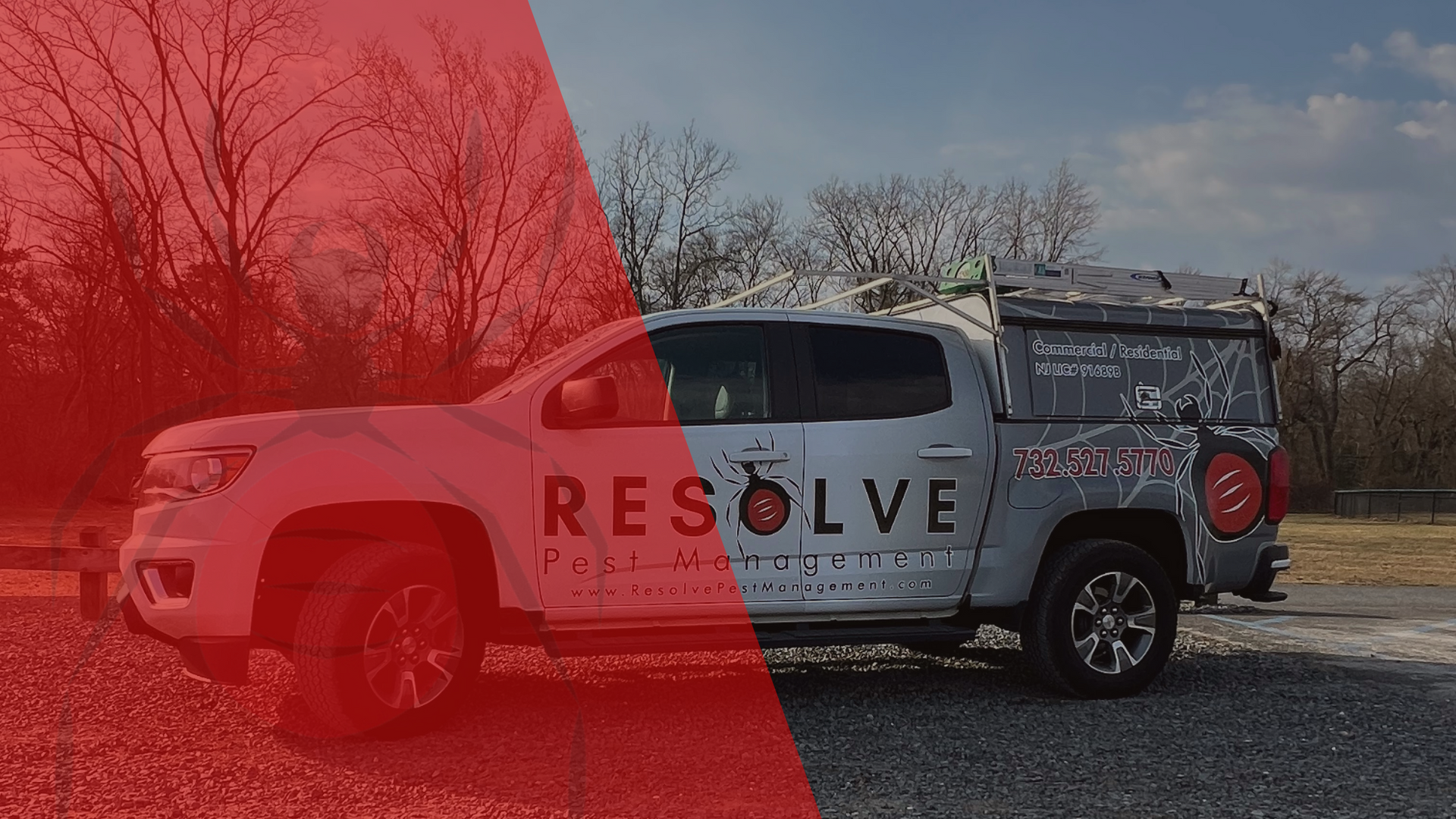Mice vs. Rats: Key Differences Explained
Written by

How big is body of rat vs mouse?how can you identify a rat vs mouse? Is a rat pup vs adult mouse?mouse populations
Are you struggling with a rodent infestation and unsure whether you’re dealing with mice or rats? Understanding the key differences between these two wildlife can help you effectively address the problem. In this article, we’ll explore the physical characteristics like snout shape and color, behavioral traits, and common species. By distinguishing between mice and rats, you can implement targeted solutions to protect your home and prevent damage to your property.
Mice and Rats Defined
Mice and rats exhibit distinct characteristics that aid in their identification. Mice, commonly kept as pets, have finer hair and smaller shapes compared to rats. In contrast, rats produce more noticeable urine and can cause extensive damage to furniture. Understanding these differences is essential for effective management and control.
Characteristics of Mice
Mice, classified as small rodents, have slender bodies and fine hair, distinguishing them clearly in the mouse vs rat comparison. Their rapid reproduction rates allow mouse populations to increase swiftly, making them persistent issues in both residential and commercial settings.
Adept climbers, mice often take refuge in trees or elevated areas to construct their nests, a trait that sets them apart in the mouse vs rat dynamic. Evidence of their presence includes small feces found near their habitats, which are essential indicators for implementing effective control strategies.
Characteristics of Rats
Rats typically measure between 9 to 11 inches in length, including their long, scaly tails, which aid in balance and mobility. Their robust bodies and strong limbs make them formidable climbers and burrowers, allowing rats to access various environments and structures with ease.
Rats have an omnivorous
diet, feeding on a wide range of foods found in
food packaging and unsecured storage areas, which makes proper sanitation crucial in
pest control efforts. Their ability to gnaw through materials means that even well-sealed containers can become vulnerable, necessitating vigilant monitoring and preventive measures.
Physical Differences Between Mice and Rats
Recognizing physical differences between mouse and rat species enhances pest prevention efforts. Mice are smaller, often weighing around an ounce, with thin tails and small, round ears. In contrast, rats have larger bodies, longer, scaly tails, and proportionally bigger ears. Understanding these distinctions is essential for accurate identification and effective control, especially when managing pet food storage.
Size Comparison
Rats, being significantly larger than mice, can navigate and manipulate their habitat with greater ease. Their size allows them to create extensive burrows that can undermine the structural integrity of buildings, providing them access to areas where they can store and consume large quantities of cereal and other food items.
Mice, on the other hand, utilize their smaller size to exploit limited spaces within various environments. They can easily slip through narrow gaps in walls or around
paper packaging, making their way into homes and storage areas. This ability enables mice to reach and feed on cereals and other stored foods.
Tail Length and Texture
Rats possess longer, thicker tails with a rough, scaly texture compared to the slender, smooth tails of mice. This difference in tail structure affects their behavior, as rats use their robust tails for better balance and agility in navigating complex environments, which can bring them into closer contact with human residences across various zip codes.
The distinct tail characteristics of mice and rats also play a role in the transmission of diseases like leptospirosis. While both rodents can carry pathogens, the way they interact with their surroundings, influenced by their tail texture and length, determines the extent of their contact with humans and the potential health risks in different geographic areas.
Ear Shape and Size
Rats have larger, more pronounced ears compared to mice, which feature smaller and less noticeable ears. This difference aids in identifying the type of pest, especially in environments like meat storage or grain facilities, where the presence of the animal is often accompanied by a distinct odor.
The shape and size of a rodent's ears also influence their hearing capabilities. Larger rat ears enhance their ability to detect predators and locate food sources such as grain or meat, making them more adept at thriving in settings where effective pest control is essential.
Behavioral Traits of Mice and Rats
Mice and rats exhibit unique social behaviors, nesting habits, and feeding preferences. Mice are attracted to rice and prefer smaller nesting areas, using their longer whiskers to navigate tight spaces. In contrast, rats build larger nests and have diverse diets, affecting the scale of infestations. Mice removal rodent removal
Understanding these behavioral differences in length and whiskers is essential for pest control services to develop effective management strategies.
Social Behavior
Brown rats are highly social animals, often forming large colonies where individuals establish intricate social hierarchies. Their strong reliance on auditory signals, aided by their prominent ears, facilitates effective communication and coordination within the group. This social organization can influence health dynamics, as dense rat populations are more likely to contribute to the rapid transmission of diseases.
In contrast, mice typically exhibit more solitary
behavior, although they may gather in small groups when resources are abundant, such as near
plant-rich areas. Their smaller ears play a crucial role in detecting predators and navigating confined spaces, enhancing their survival in diverse environments. Recognizing these social patterns is essential for developing targeted
pest control measures that address the specific behaviors of each
rodent type.
Nesting Habits
House mice typically establish their nests in secluded areas such as the ceiling, roof, or basement of a home. They use materials like cardboard and fabric to create secure and comfortable shelters, allowing them to stay hidden while remaining close to potential food sources. A comprehensive guide to mouse proof your home
Rats, on the other hand, prefer building their nests in more substantial locations, often utilizing structural components in the basement or between the roof and attic. Recognizing these nesting preferences enables homeowners to target specific areas for effective pest control and prevent infestations from spreading.
Feeding Preferences
Rats have an omnivorous diet, consuming a wide variety of foods, which increases the risk of spreading diseases such as salmonellosis through contaminated litter and surfaces. Their tendency to infiltrate homes in search of food requires swift action to prevent health hazards and property damage.
Mice prefer high-carbohydrate foods like cereals, but their constant gnawing can damage
electrical wiring, posing fire risks and prompting the need for professional
pest control services that offer free estimates to address infestations effectively. Ensuring proper sanitation minimizes attractive food sources and reduces potential threats associated with their feeding habits.
Common Species of Mice and Rats
Common
species of mice and rats include the
house mouse,
Norway
rat, and
roof
rat. Each displays unique nests,
social behavior, and
tail characteristics. Understanding these differences is vital for effective
pest control, particularly in regions like
Illinois. For expert assistance, contact us for a
free quote tailored to your specific
infestation needs.
House Mouse Overview
The house mouse, recognized by its soft fur and compact size, often makes its home in secluded areas such as attics. Their adaptability allows them to thrive in various environments, including urban and suburban settings.
Unlike the black rat, house mice are smaller and lighter, typically weighing around a few ounces rather than a pound. While they may not fall prey to larger animals like deer, their presence in attics can lead to structural damage and contamination, necessitating prompt and effective pest control measures.
Norway Rat Overview
The Norway rat, scientifically known as Rattus norvegicus, is a dominant rodent species recognized for its substantial size and sturdy physique. Typically inhabiting urban environments, Norway rats establish their presence in sewers, basements, and agricultural areas where they find abundant food sources and secure nesting sites.
Adaptable and highly reproductive, Norway rats can quickly form large populations, causing extensive property damage and posing significant health hazards. Effective control measures for dealing with Norway infestations include enhancing sanitation, sealing entry points, and utilizing strategic baiting methods to manage and reduce their numbers efficiently.
Roof Rat Overview
The roof rat, also known as the black rat, is distinguished by its sleek, dark-colored fur and long, thin tail. Preferring elevated areas, roof rats often establish their nests in attics, rafters, and roof spaces of buildings, making them a common concern for homeowners seeking effective pest management solutions.
Highly agile and adept climbers,
roof rats can easily access various parts of a structure, allowing them to exploit a wide range of food sources. Their presence is typically indicated by greasy rub marks and gnaw marks on building materials, underscoring the importance of timely detection and
professional control measures to prevent extensive property damage and maintain a safe living environment.
Health Risks Associated With Mice and Rats
Mice and rats present serious health risks through disease transmission, allergic reactions, and contamination issues. Understanding how these rodents spread illnesses, trigger allergies, and contaminate environments is essential for effective pest control. The following sections delve into each of these health concerns, providing insights for better management and prevention.
Disease Transmission
Mice are carriers of various pathogens, including hantavirus and leptospirosis, which they can spread through their urine, droppings, and saliva. These diseases pose significant health risks to humans, particularly in areas where sanitation is poor and rodent populations are high. Effective pest management is crucial to minimize the exposure to these harmful pathogens.
Rats, on the other hand, are known to transmit diseases such as leptospirosis, salmonellosis, and rat-bite fever. Their ability to gnaw through materials increases the likelihood of contaminating food and surfaces, leading to widespread health hazards. Implementing comprehensive control measures helps reduce the incidence of these serious illnesses and protect public health. mice removal rodent removal
Allergic Reactions
Mice and rats release allergens through their dander, urine, and droppings, which can become airborne and trigger allergic reactions in sensitive individuals. Exposure to these rodent allergens may cause symptoms such as sneezing, runny nose, itchy eyes, and skin irritation. In environments with high rodent activity, the concentration of allergens increases, exacerbating these health issues and making it crucial to address infestations promptly.
People with pre-existing respiratory conditions, such as asthma, are particularly vulnerable to the allergic effects of mice and rats. Continuous exposure to rodent allergens can lead to more severe respiratory problems, including asthma attacks and chronic bronchitis. Implementing effective pest control measures not only reduces the presence of these rodents but also helps minimize allergen levels, contributing to a healthier and more comfortable living environment.
Contamination Issues
Rodents can contaminate surfaces and food sources with their urine and droppings, creating unsanitary conditions in both residential and commercial spaces. This contamination not only spoils food but also poses significant health hazards by spreading bacteria and pathogens throughout the environment.
The presence of mice and rats in storage areas can lead to the degradation of packaging materials, resulting in compromised food safety and increased waste. Effective pest control measures are essential to maintain cleanliness and prevent the extensive contamination that can disrupt daily operations and threaten the well-being of occupants.
Easy Methods for Distinguishing Between Mice and Rats
Effectively distinguishing mice from rats involves identifying signs of infestation, selecting appropriate traps and baits, and determining when to seek professional help. These strategies enable accurate identification and efficient control, ensuring rodent issues are managed promptly and effectively.
Identifying Signs of Infestation
Detecting a rodent infestation starts with observing key signs such as droppings, gnaw marks, and unusual sounds within the property. Small, dark fecal pellets near food sources or nesting areas are indicative of mice, while larger, more oblong droppings suggest the presence of rats. Additionally, chewed wires or insulation can signal active rodent activity, highlighting the need for immediate attention.
Distinguishing between mice and rats involves examining specific indicators like the size and shape of droppings and the nature of chew marks. Mice typically leave behind tiny, rice-shaped droppings and create narrow gnaw marks, whereas rats produce larger, more elongated droppings and wider chew marks. Recognizing these differences enables homeowners to implement targeted pest control measures effectively, ensuring a swift resolution to the infestation.
Utilizing Traps and Baits
Selecting the appropriate traps is crucial for effective rodent control. Snap traps are ideal for mice due to their small size and quick action, while larger live traps work better for capturing rats. Proper placement of these traps in areas with high rodent activity ensures higher success rates.
Choosing the right bait can significantly enhance the effectiveness of
pest management strategies. Mice are typically attracted to sweet or
grain-based baits, such as peanut butter or oatmeal, whereas rats prefer protein-rich options like bacon or dried
fruit. Tailoring the bait to the specific
rodent increases the likelihood of successful captures and helps reduce infestations efficiently.
Seeking Professional Help
Hiring professional pest control services ensures precise identification of whether the issue involves mice or rats. Experts employ advanced techniques and tools to accurately assess the infestation, enabling them to design targeted and effective treatment plans tailored to each specific rodent type.
Professionals provide comprehensive solutions that address not only the immediate problem but also the underlying causes of the infestation. Their specialized knowledge helps to seal entry points, improve sanitation, and implement preventive measures, resulting in long-term control and reducing the likelihood of future rodent issues.
Recognizing the differences between mice and rats is essential for effective pest management. Mice, being smaller and more agile, tend to invade tight spaces and reproduce rapidly, while rats are larger and capable of causing more significant structural damage. Both rodents pose serious health risks by spreading diseases and contaminating environments. By understanding their unique characteristics, homeowners can implement targeted strategies to control and prevent infestations effectively.
Get Quick, Efficient Pest Control & Exterminating
When pests invade your home, waiting isn't an option. At Resolve Pest Management, we understand how urgent these situations can be. That’s why we offer 24-hour emergency pest control services to residents in Lacey, NJ and Bayville, NJ. Whether it’s rodents, insects, or wildlife, our expert team is available day or night to protect your home and restore your peace of mind.
Our treatments are family and pet-friendly, ensuring that your loved ones—including the furry ones—are safe during and after service. We know your time is valuable, which is why we provide rapid scheduling, getting you the help you need, right when you need it.
If you're dealing with a pest emergency, don’t wait! Contact Resolve Pest Management today for immediate assistance. We're here to help make your home pest-free and comfortable again.
24-Hour Emergency Pest Control
We know pests can strike at any time- day or night. Resolve Pest Management is here to help 24 hours a day.

Family & Pet-Friendly Treatments
Protecting loved ones- furry or not is our #1 priority. We use pet-friendly treatments to give peace of mind.

Testimonials
"Resolve Pest Management is absolutely wonderful. Carlos and his team do thorough work and will put your mind at ease. They explain everything that needs to be done or what they suggest should be done. When we first called, Carlos showed up and checked every area of the house. Not only did he handle the mouse issue, he also found termite damage that was unknown to us. Since then, we have regular maintenance and have even called them other issues like bees. The receptionist is also very professional and kind, working with our availability. My family and I highly recommend Resolve Pest Management."
Tonianne D.
Barnegat Township NJ
Get on Schedule Today







